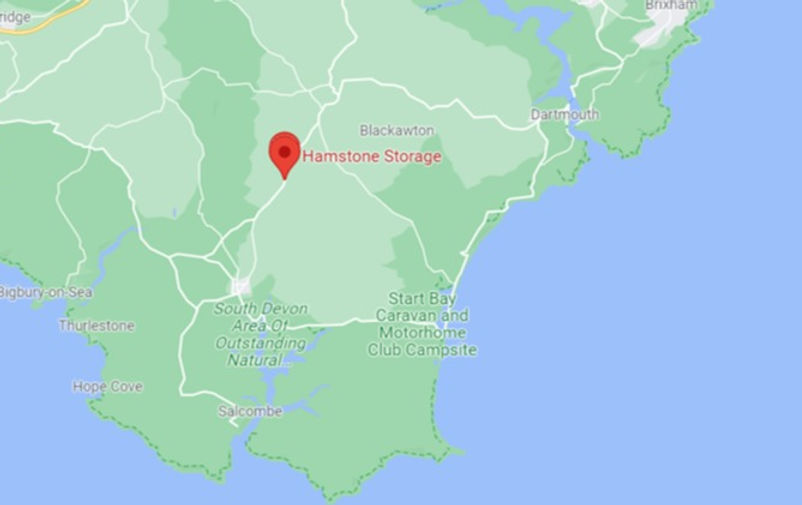Salcombe to Dartmouth

Distance : 29km/18Miles
This has to be one of the best local short blasts for any boat in Salcombe. Depending on the speed it can take anywhere between 30 minutes to 3 hours as the distance is only 18 miles.
10 knots = 1hr 33mins
20 knots = 0 hr 46mins
30 knots = 31 mins
Dangers
As with any costal route, wind, swell and tide all play a big role in the safety of your journey. The most dangerous sections are the strong currents around Start Point and the swell at Prawle Point. This area is obvious due to the look out building on the edge of the cliff which is there for a reason. The sea bed is very rocky and shallow which creates an unusual amount of wave and swell. If the conditions are starting to get tricky then turn back now!
The second "sketchy" section is created by the strong currents just around from start point lighthouse. The currents here are created by the 10km stretch of spit coming from strete to Hallsands. If you find this section uncomfortable then motor straight across it towards Dartmouth instead of going up it to Beesands.
Sights worth seeing
The Salcombe to Dartmouth stretch of coast line is my favourite due to its Jurassic and wild feeling. Coming from Salcombe I would suggest nipping into Elender cove (just before Prawle point).

After that the next best stop over is just before the lighthouse at Peartree point. There is a seal colony here of around 30 common grey seals and pups. However give them room! This is their home and they didn't invite us, so give them plenty of space and keep quiet. If you want to get closer then speak to Ali at Sea n Shore who does seal walks in the winter and visits them on her rib rides.

Next on the list is Start point lighthouse, built in 1836. It also had a fog signal building but that fell into the sea caused by costal erosion. You can actually book a nights stay there, but make sure it's not a foggy night or you might be kept up by the horn.

The historical village of Hallsands is just up the coast line from Start point. Back in 1891 there were 159 residents who made a living from fishing and farming. However Plymouth needed a new dry dock and they collected the shingle at Hallsands to build the dock. This caused the sea to get closer and closer to the village until every storm would destroy another house. There are now just a few houses left.

From here you can either cling to the beautiful coat until you reach Dartmouth. Or if you have a 5m + boat with adequate equipment and a costal flare pack then I would suggest going straight out to sea for 3km to 5km. The currents here are usually full of food and sea life. On our last journey we saw a basking shark and a pod of over 200 dolphins. We also saw several porpoises and lots of sea birds. If you don't have a navigation system then don't let the coastline go out of sight, and keep an eye on the weather, fuel and wind. I would also recommend leaving the engine running even if you are stationary, just encase you have problems restarting.

